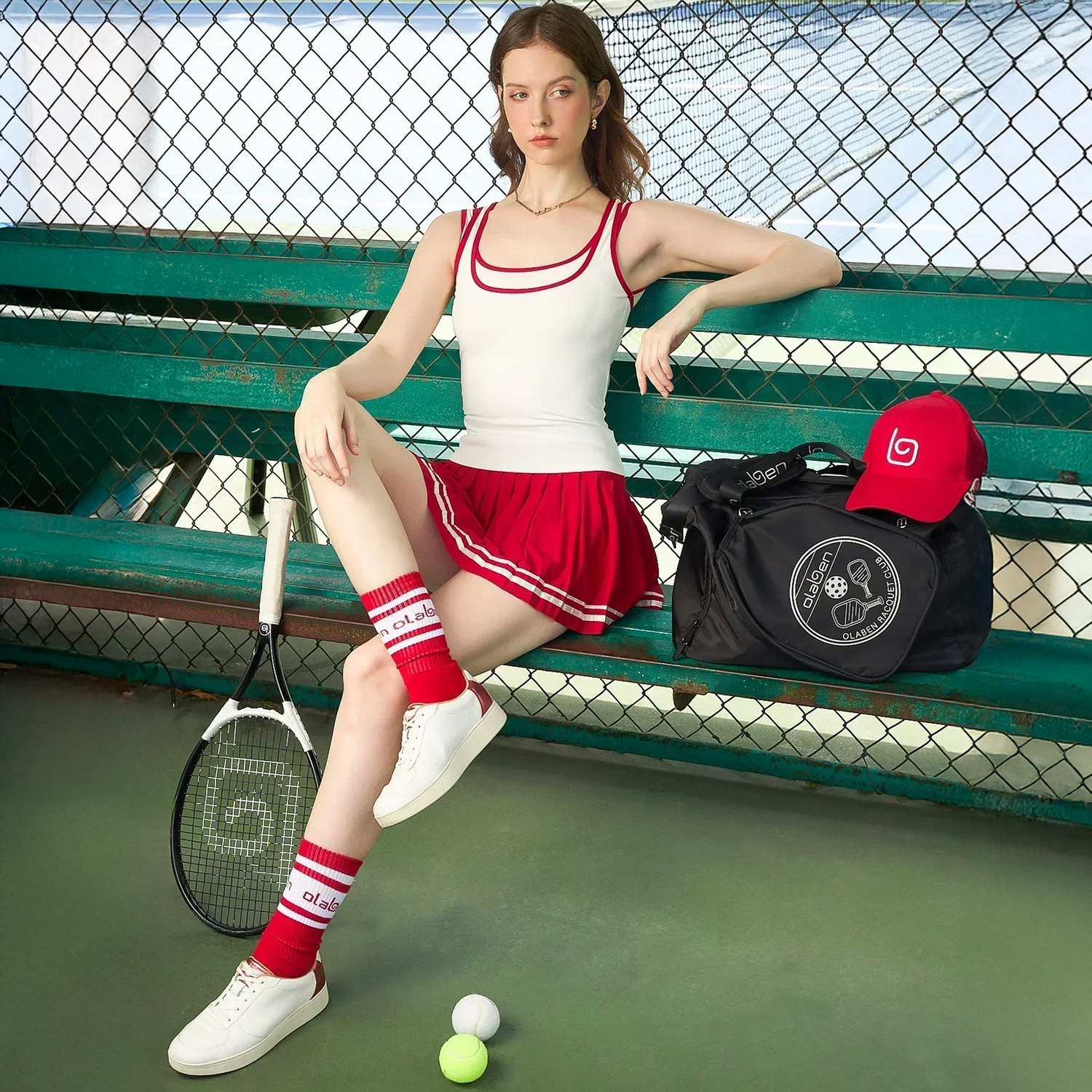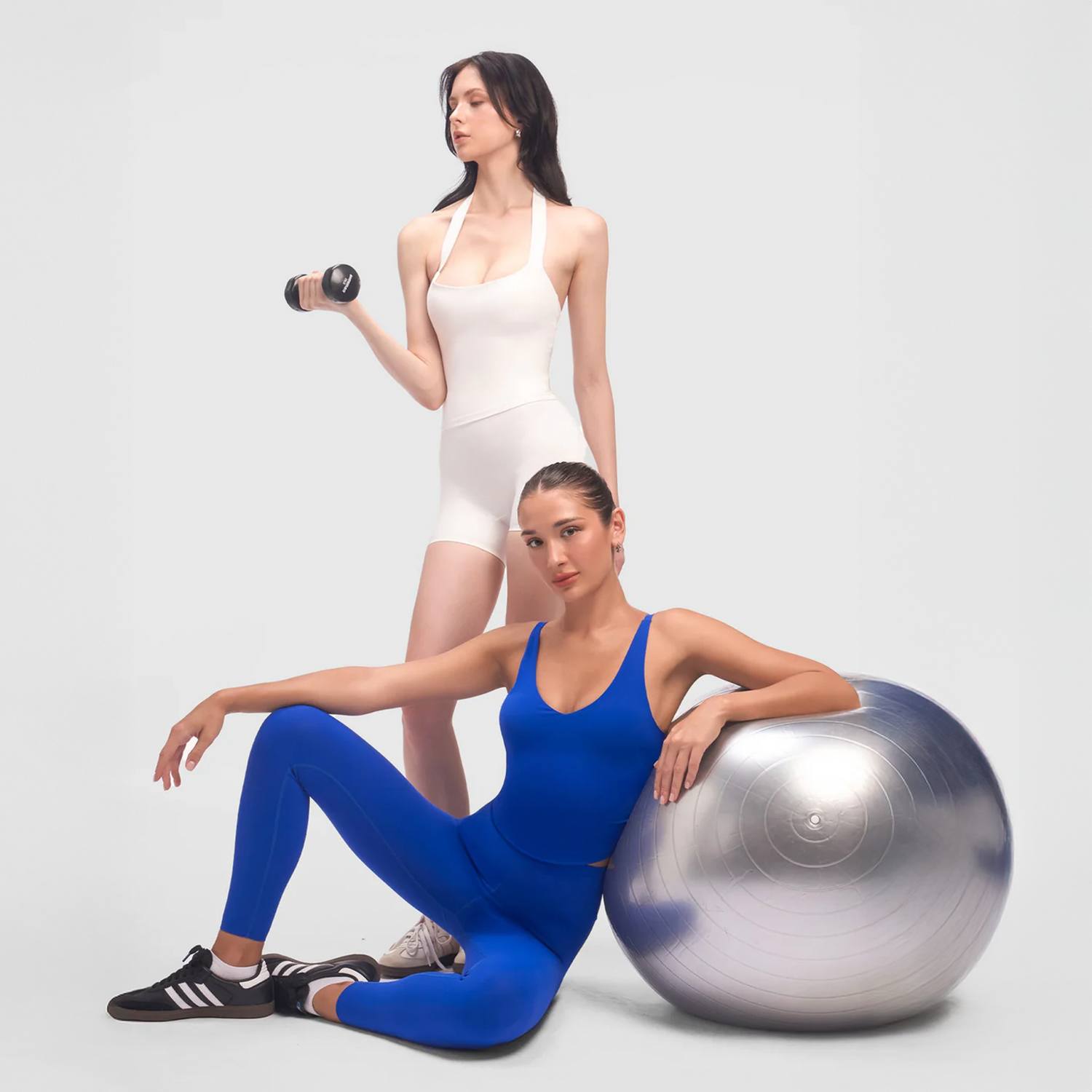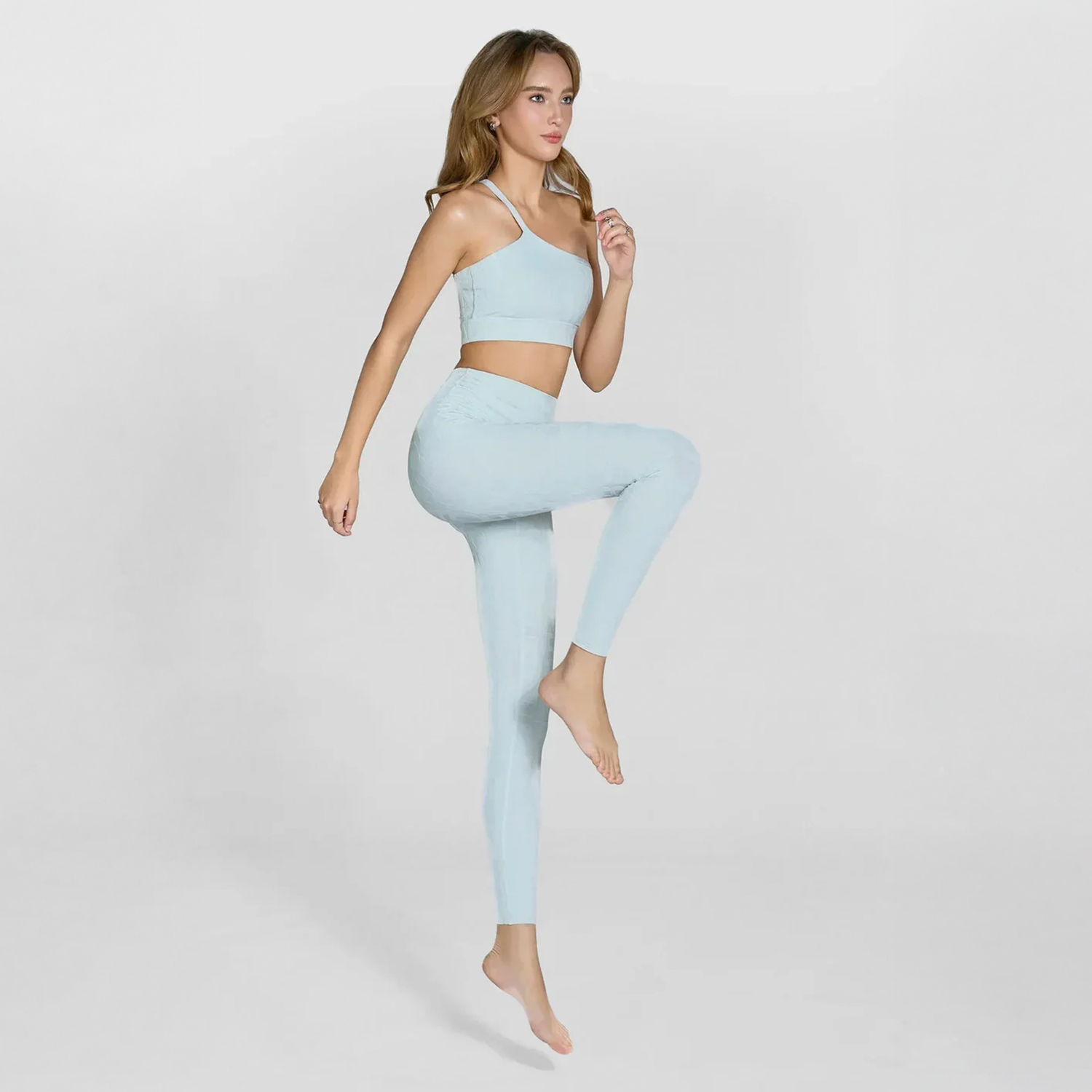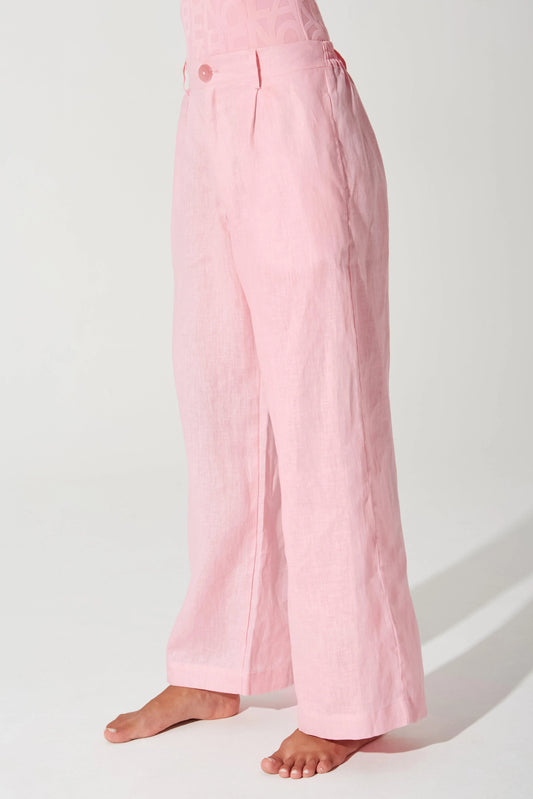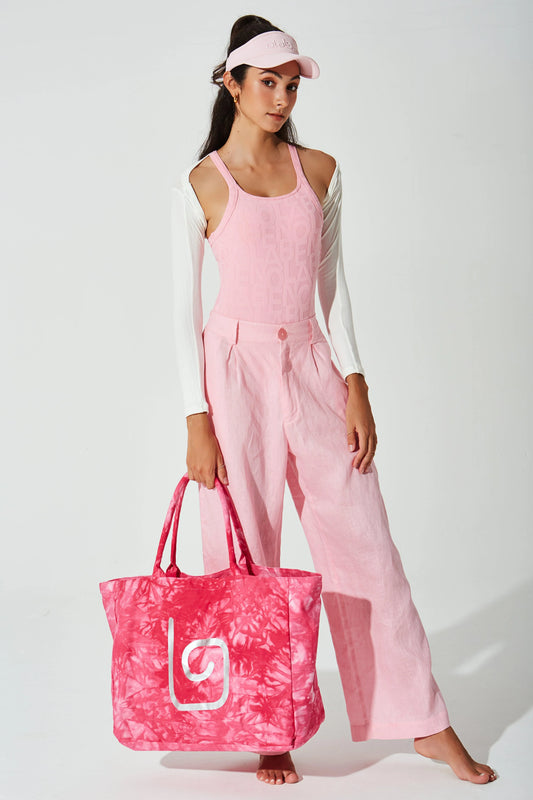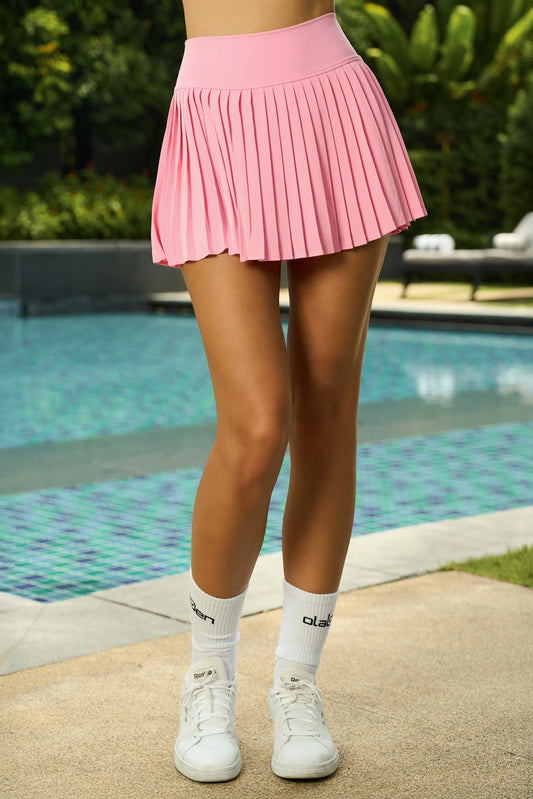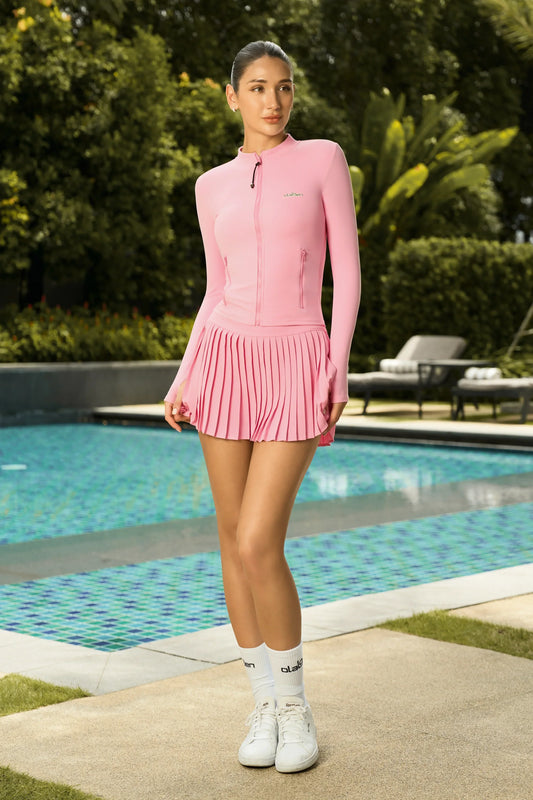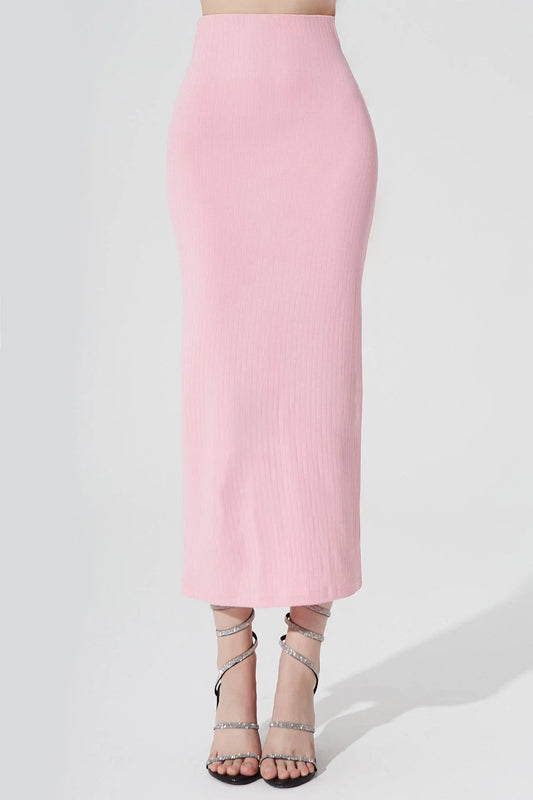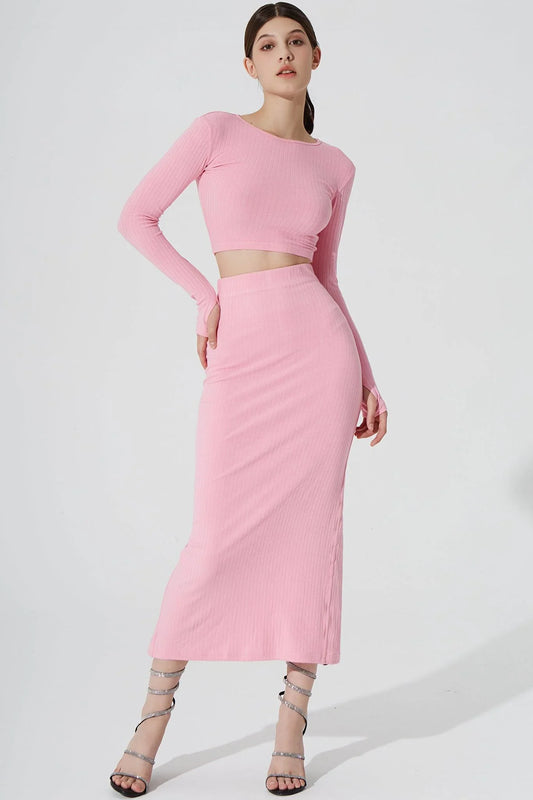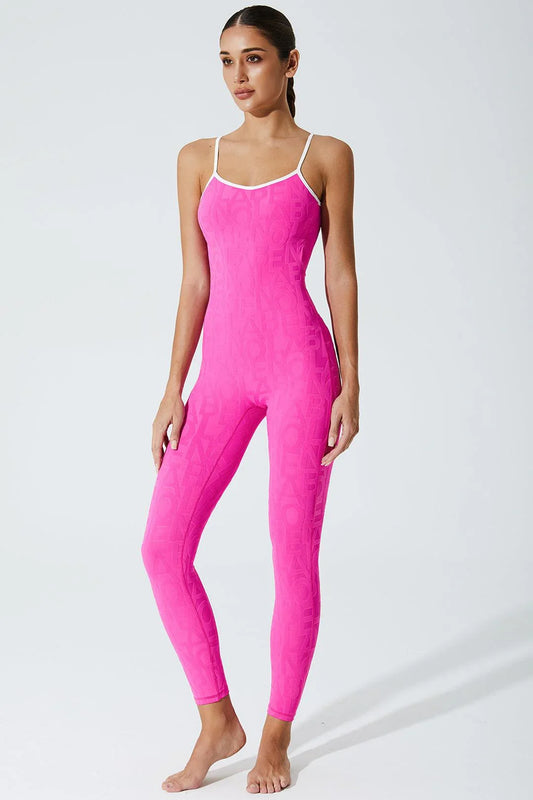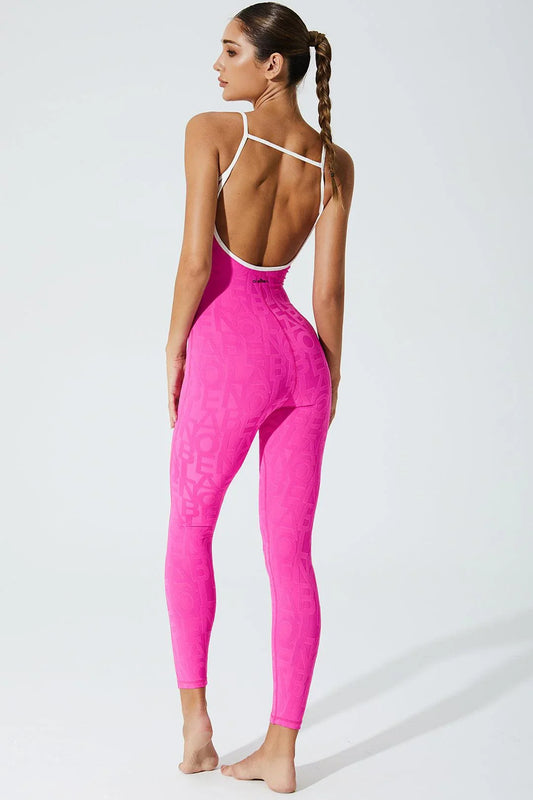Grace, strength, and balance, these are the core qualities every dancer seeks to master. But behind every perfect performance lies discipline, mindfulness, and body awareness, the very essence of yoga.
Yoga is more than a complement to dance; it’s a tool that helps dancers refine alignment, prevent injury, and connect movement with breath. Whether you’re a ballet dancer or a modern performer, yoga cultivates the stability and poise that allow your artistry to shine.
Let’s explore this journey together with Olaben, where movement meets mindfulness and fashion meets performance.
Read more about the benefits of yoga for dancers on the Olaben Blog.
1. Tree Pose (Vrksasana) – Balance & Grounding
Why it’s good for dancers: Improves stability, focus, and posture.
How to do it: Stand tall, shift your weight to one leg, and place the sole of your other foot on the inner thigh or calf (avoid the knee). Bring your palms together in front of your chest or extend them overhead. Focus your gaze on a single point and breathe deeply.

2. Warrior I Pose (Virabhadrasana I) – Power & Grace
Why it’s good for dancers: Strengthens legs, opens hips, and builds endurance.
How to do it: Step one foot back, bend the front knee, and keep the back leg straight. Raise your arms overhead and open your chest. Engage your core to maintain stability.

3. Half-Moon Pose (Ardha Chandrasana) – Balance & Core Strength
Why it’s good for dancers: Enhances balance and body awareness for controlled movements.
How to do it: From Warrior II, place one hand on the floor (or a block) slightly ahead of your front foot. Lift the back leg parallel to the floor, open your chest to the side, and extend your top arm upward.

4. Dancer’s Pose (Natarajasana) – Flexibility & Expression
Why it’s good for dancers: Opens the chest, stretches the thighs, and improves back flexibility, mirroring the beauty of dance.
How to do it:
Stand tall, shift weight onto one leg, and grasp the opposite ankle from behind. Inhale and lift the leg while extending the opposite arm forward. Keep your gaze soft and steady.

5. Downward-Facing Dog (Adho Mukha Svanasana) – Full-Body Activation
Why it’s good for dancers: Strengthens arms and elongates the spine, ideal for warming up or cooling down.
How to do it: Start on hands and knees, lift hips upward to form an inverted “V.” Press heels toward the mat and spread fingers wide for balance.

6. Plank Pose – Core & Shoulder Strength
Why it’s good for dancers: Builds endurance and stability, essential for maintaining posture during complex choreography.
How to do it: From Downward Dog, shift forward so your shoulders are over your wrists. Engage your abs, keep your body in a straight line, and hold for 30–60 seconds.

7. Locust Pose (Salabhasana) – Back & Glute Strength
Why it’s good for dancers: Improves posture, strengthens back muscles, and promotes spinal stability.
How to do it: Lie face down, arms along your sides, palms facing up. Inhale and lift your chest, arms, and legs off the floor, keeping the neck neutral.

8. Bound Angle Pose (Baddha Konasana) – Hip Flexibility
Why it’s good for dancers: Opens the hips and groin, enhancing turnout and fluid leg movement.
How to do it: Sit with soles of your feet together and knees falling open. Hold your feet and gently press your knees toward the floor while sitting upright.

9. Boat Pose (Navasana) – Core Stability
Why it’s good for dancers: Strengthens the core and improves balance, supporting turns and controlled lifts.
How to do it: Sit with knees bent, lift feet off the ground so shins are parallel to the floor, and extend your arms forward. For more challenge, straighten your legs.

10. Corpse Pose (Savasana) – Rest & Recovery
Why it’s good for dancers: Encourages deep relaxation and mental clarity after intense training.
How to do it: Lie flat on your back, arms relaxed by your sides, palms facing up. Close your eyes, focus on slow breathing, and allow your body to fully release.

Final Thoughts
Yoga and dance share a beautiful bond, both celebrate the balance between strength, grace, and mindfulness. By incorporating these yoga poses into your daily practice, you’ll not only refine your movements but also elevate your sense of body awareness and artistic expression.
To support your flow, Olaben offers more than just premium yoga apparel. From high-performance yoga mats that provide exceptional grip and comfort, to stylish, breathable activewear designed for every movement, each Olaben piece is thoughtfully crafted to inspire confidence and harmony in every pose.

